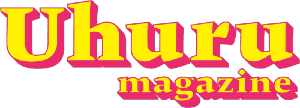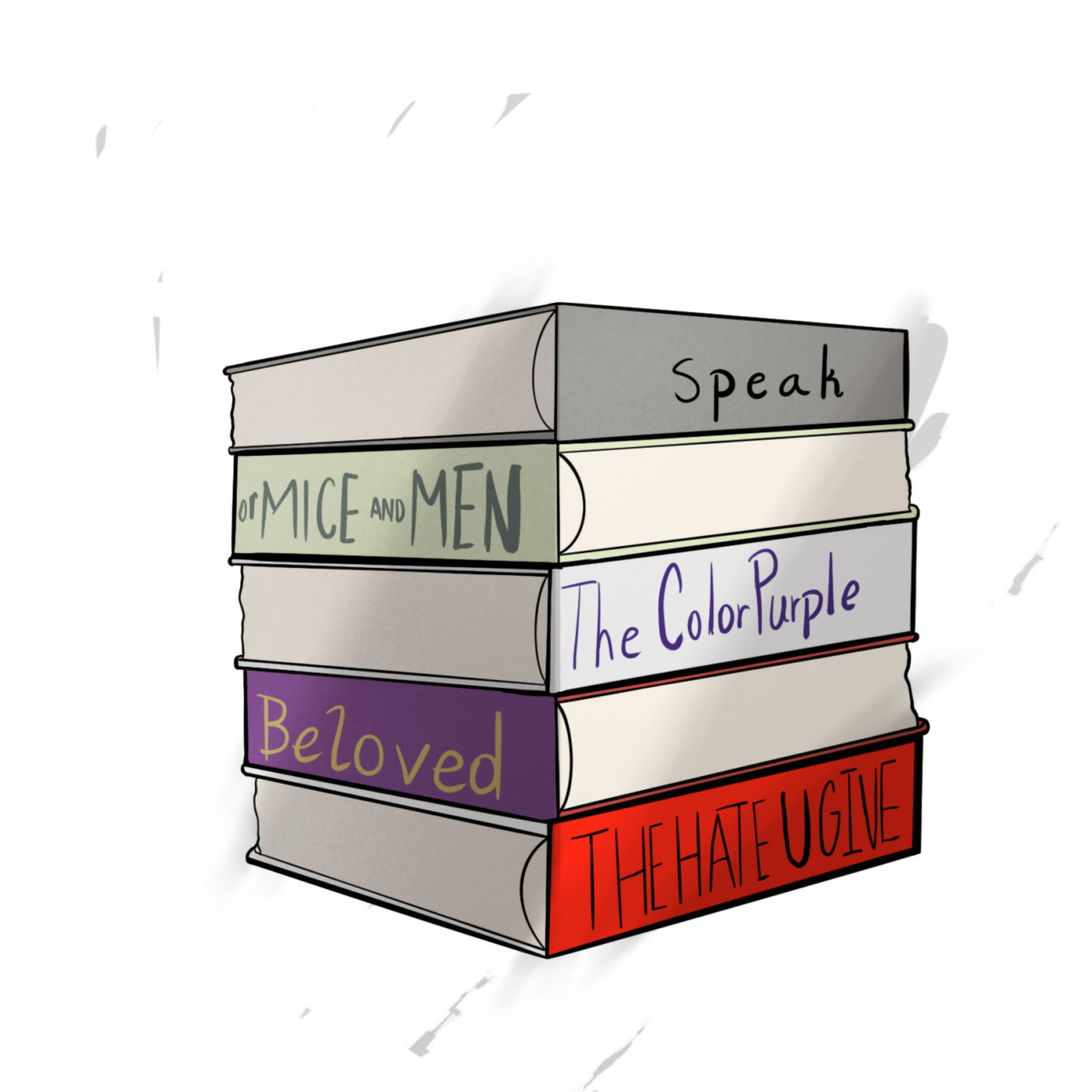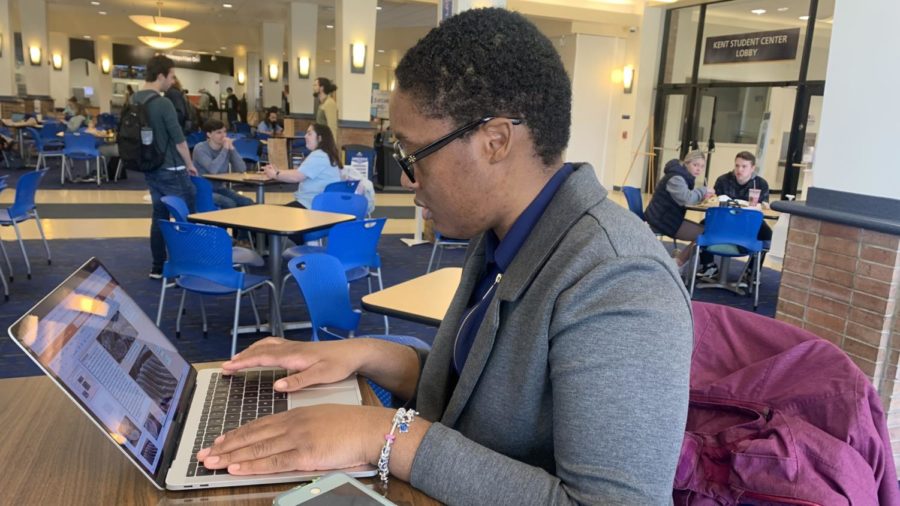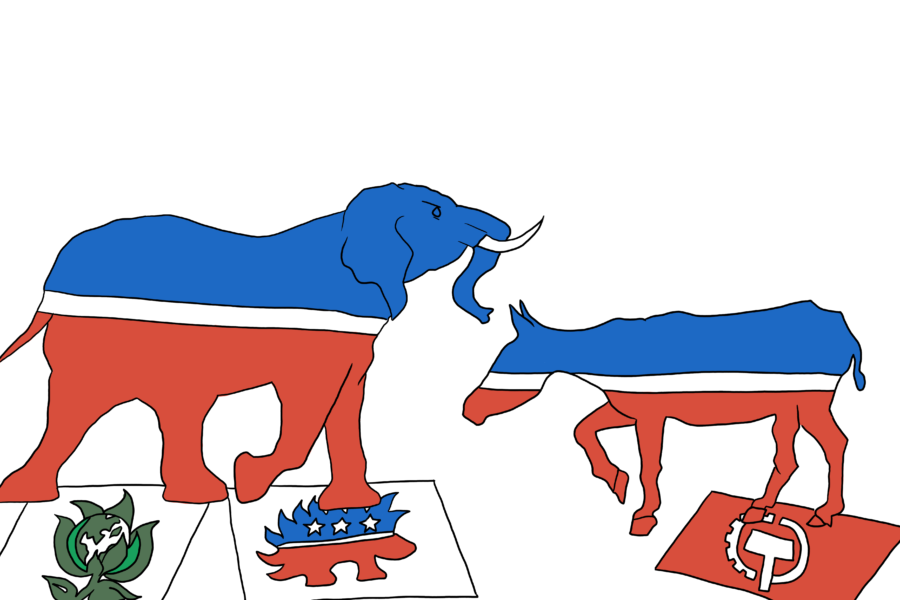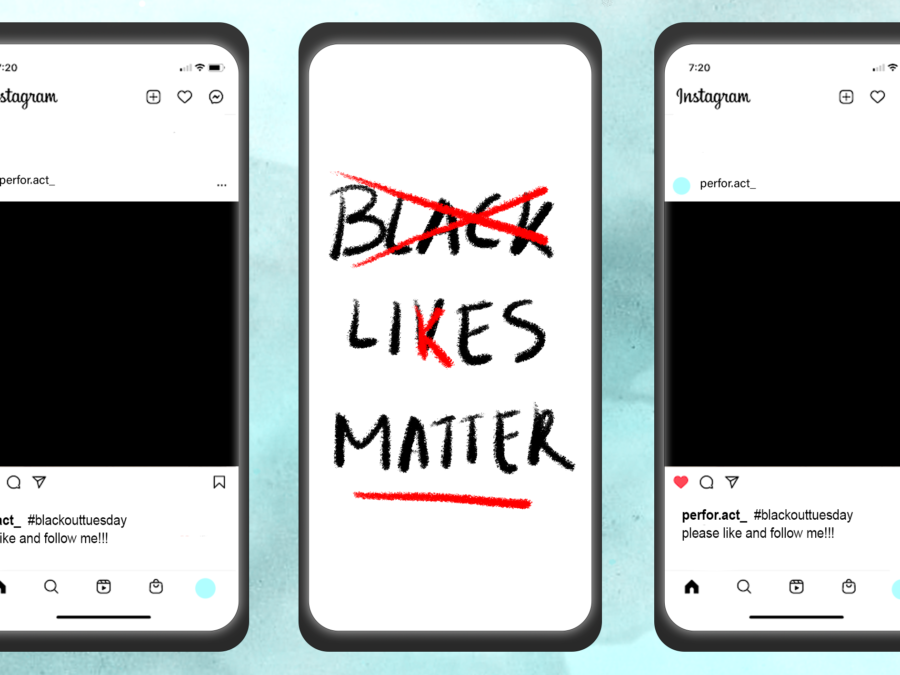Hey! Hi. Hello! Yo! Wassup!? These are all common greetings that we hear from day to day. A couple of these greetings probably wouldn’t be used in emails to professors, but why not? It’s most likely because professors generally don’t use AAVE. What’s that? Well, African American Vernacular English, or AAVE, is a form of english dialects prominently used by black people in the United States. Popularly known as Ebonics, AAVE is a complex, but still valid form of expression, despite being considered less than or “ghetto.” The way we think of language has a heavy influence on pop culture, entertainment, marketing and even the way the entire world speaks.
A lot of commonly used slang words and phrases are used in different contexts, depending on the tone and situation at hand. For example, the word “sis” is used in countless ways:
“OK sis!!!”
“OK sis.”
“OK sis?”
It could refer to a person, it could be used as a term of endearment or even in a condescending way. It all depends on pragmatics, or context.
Another commonly used AAVE phrase is “You good.”
“You good.”
“You good?”
“You good!”
This phrase can be used as confirmation, a threat, a question of concern, or even to be dismissive, again, all depending on tone and context.
Despite its popularity and growing use by coffee shops, suburbanites and Kardashians, the AAVE we know and love today was created by none other than marginalized people.
According to documentaries like “Black Talk” and “Paris is Burning,” AAVE was created by black people and to be even more specific, poor black people and queer black people. These people probably didn’t expect their everyday communication methods to become as widespread, but much like anything else created by black people, it would later on be exploited by people that lack the origin knowledge of their favorite phrases.
An issue with appropriation in this sense is how far does it go and where do we draw the line? Wasn’t AAVE a “for us, by us” thing? We’ve seen black culture influence all culture through music, fashion and even language, but how far is too far? When credit isn’t given where it’s due, black culture is then exploited.
For example, In 2014, then-teen, Kayla Newman, also known as Peaches Monroee, made a Vine video where she coins the term “Eyebrows on fleek.” Though it’s impossible to trace the exact origin of the phrase, the influence of “on fleek” in popular culture was very prevalent in the past few years. Considering the countless amount of times we’ve seen or heard it since 2014, you’d think Ms. Monroee was rich from royalties, but unfortunately, that isn’t true.
The lasting impression of language is often shown in pop culture and media consumption, which unfortunately leads to the exploitation of language and culture. The increasing popularity of AAVE is owed to the prominence of black culture on the internet. Black culture’s presence on the internet through Vine, Instagram and especially Twitter, has truly revolutionized how the world communicates and what we find as acceptable. AAVE’s popularity has created a new means of self-expression that we haven’t had before.
Language shapes everything we do, it allows us to communicate with others, express ourselves and even though our lingo is misused or misinterpreted, it’s amazing to see how influential the things we do naturally can be. But sis, this ain’t nothin’ new. We been knew.
What’s the Word? AAVE & the Evolution of Language
July 11, 2018
0
Donate to UHURU Magazine
Your donation will support the student journalists of Kent State University - Uhuru Magazine. Your contribution will allow us to purchase equipment and cover our annual website hosting costs.
More to Discover
